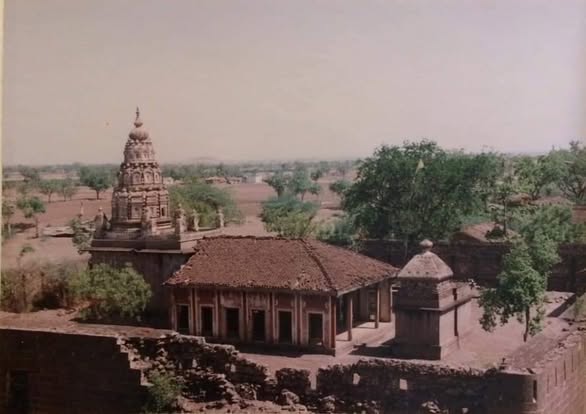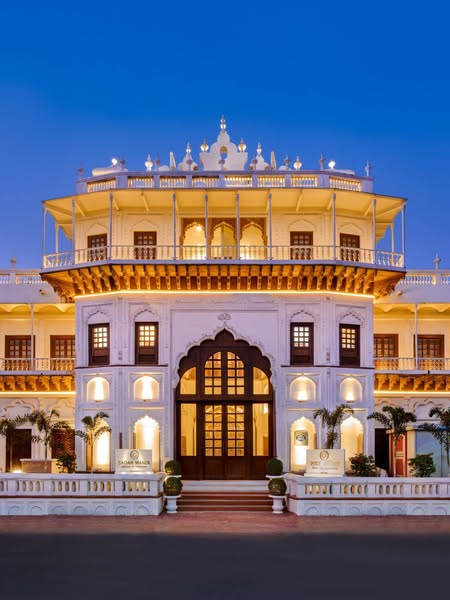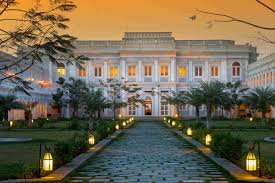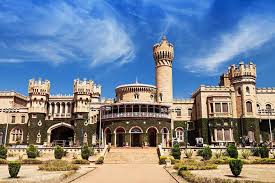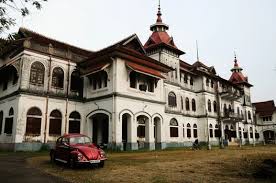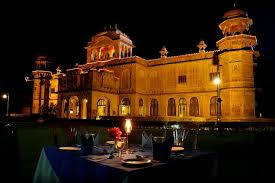The Majestic Throne of Bhopal Princely State: A Symbol of Heritage and Power
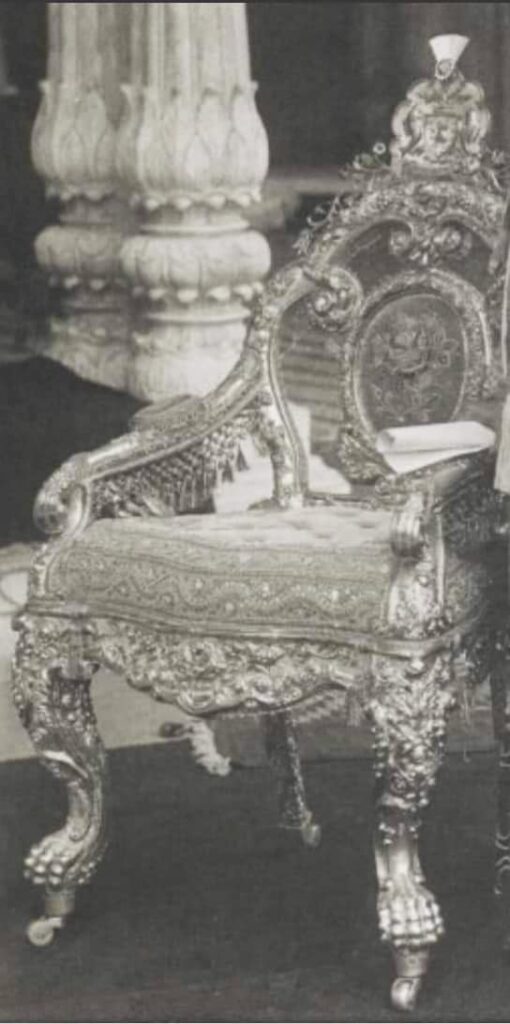
Introduction
The Princely State of Bhopal, one of the most prominent states during British India, has a rich history, architectural marvels, and remarkable rulers. Among its many historical treasures, the Throne of Bhopal Princely State symbolizes authority, grandeur, and regal elegance. Shahwar Mohammed Khan recently shared pictures of this exquisite throne, renewing interest in Bhopal’s cultural and historical legacy. This article explores the history, significance, and artistic brilliance of the throne, highlighting the splendor of Bhopal’s royal heritage.
The Historical Legacy of Bhopal Princely State
Dost Mohammad Khan, an Afghan noble, established Bhopal Princely State in 1707. Over centuries, unique rulers, including Nawabs and Begums, shaped its legacy. The state became one of the few where women played a crucial role in governance. The majestic royal throne embodies this rich past, used for coronation ceremonies and important state gatherings.
The Design and Craftsmanship of the Throne
The throne of Bhopal reflects Indo-Islamic and European artistic influences, showcasing the state’s diverse heritage. Made from the finest materials, it features:
- Intricate gold and silver inlay work, symbolizing the wealth and prestige of Bhopal rulers.
- Ornate carvings with floral and geometric patterns, inspired by Mughal and Persian artistry.
- A cushioned seat covered with luxurious velvet or silk, reflecting royal opulence.
- Engravings of royal insignias and Quranic verses, reinforcing the state’s deep-rooted Islamic traditions.
This throne was more than a seat; it represented sovereignty and power, showcasing the grandeur of Bhopal rulers.
The Throne’s Role in Bhopal’s Royal Court
The throne played a central role in administration and ceremonial events. Key functions included:
- Coronation of Rulers: New Nawabs and Begums took their oaths on this throne, marking their official ascension to power.
- Diplomatic Meetings: Royal courts hosted foreign dignitaries and British officials, with the throne as the focal point of authority.
- Judicial and Administrative Decisions: Rulers announced legal judgments and policies while seated on the throne.
The Begums of Bhopal and Their Legacy
Bhopal’s history stands out for its powerful female rulers. The Begums of Bhopal, such as Nawab Sikandar Begum, Shah Jahan Begum, and Sultan Jahan Begum, ruled with exceptional diplomacy and administrative skills. Traditionally, thrones symbolized male power, but under the Begums, it became a symbol of female leadership.
Under their rule, Bhopal witnessed educational and infrastructural reforms, including new schools, hospitals, and railway networks. The throne thus represented both royalty and progressive governance.
Preservation and Modern Relevance
Although the princely era has ended, the throne remains a valuable historical artifact. Many such treasures from the Bhopal royal family are preserved in museums and private collections, ensuring future generations appreciate their cultural and artistic significance.
Recent pictures shared by Shahwar Mohammed Khan have renewed interest in Bhopal’s royal heritage. These images serve as a reminder of the state’s glorious past and the importance of preserving its legacy.
Conclusion
The Throne of Bhopal Princely State represents power, artistry, and historical grandeur. Its intricate design and deep-rooted significance connect it to the remarkable rulers of Bhopal. With efforts in historical preservation and contributions from individuals like Shahwar Mohammed Khan, Bhopal’s legacy continues to thrive. This rich history inspires historians and cultural scholars alike.
Preserving such priceless historical treasures helps future generations appreciate their heritage and the past that shaped them.

